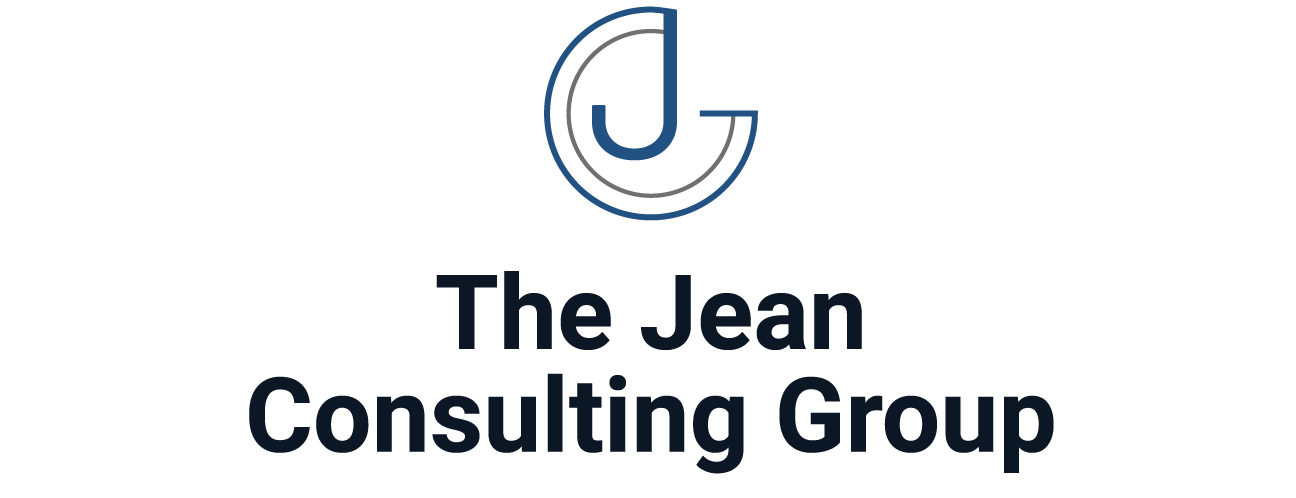In the intricate landscape of organizational management, developing a comprehensive policy and handbook that aligns with legal requirements and industry standards is paramount. Such documents not only serve as a cornerstone for establishing workplace norms and expectations but also play a crucial role in ensuring compliance with regulatory mandates. This article delves into the significance of policy and handbook development, alongside compliance review and integration, highlighting strategies for crafting documents that effectively communicate organizational policies while ensuring adherence to legal and ethical standards.
Foundation of Policy and Handbook Development
The development of organizational policies and handbooks is a meticulous process that involves understanding the operational, cultural, and legal framework of the organization. These documents should clearly articulate the organization’s mission, values, procedures, and expectations regarding employee behavior and performance. Additionally, they must incorporate compliance elements relevant to the organization’s industry, covering areas such as employment law, data protection, health and safety, and anti-discrimination practices.
Strategies for Effective Development and Integration
- Comprehensive Legal Review: Engage legal experts to conduct a thorough review of all policies and the handbook to ensure they comply with current laws and regulations. This review should be an ongoing process, adapting to legal changes and updates.
- Stakeholder Engagement: Involve various stakeholders in the development process, including management, HR, legal, and even employee representatives. This collaborative approach ensures that the policies and handbook reflect the reality of the workplace and address the concerns of all parties.
- Clarity and Accessibility: Write policies and the handbook in clear, concise language that is accessible to all employees. Avoid legal jargon and ensure that the documents are available in formats and languages that meet the needs of the diverse workforce.
- Regular Updates and Communication: Policies and handbooks should not be static documents. Regularly update them to reflect changes in the organizational environment, legal requirements, and best practices. Communicate any updates effectively to all employees, ensuring they understand the implications of these changes.
- Training and Education: Implement comprehensive training programs to educate employees about the policies and handbook, emphasizing the importance of compliance and the role each individual plays in maintaining it. These training sessions should also cover the procedures for reporting violations.
- Monitoring and Enforcement: Establish mechanisms for monitoring compliance with the policies outlined in the handbook and enforce them consistently. This includes setting up channels for grievances and complaints, conducting audits, and taking corrective actions when necessary.
Benefits of Compliance Review and Integration
Integrating compliance review into the development of policies and handbooks offers numerous benefits:
- Risk Mitigation: By ensuring that all policies are in line with legal requirements, organizations can significantly reduce the risk of litigation, fines, and reputational damage.
- Enhanced Organizational Integrity: A well-developed handbook that emphasizes compliance and ethical conduct promotes a culture of integrity and transparency, enhancing trust among employees, customers, and other stakeholders.
- Improved Operational Efficiency: Clear, compliant policies help streamline operations by providing guidelines for decision-making, reducing the likelihood of errors and inconsistencies.
- Employee Engagement and Retention: Employees are more likely to feel valued and engaged in a workplace that prioritizes clear communication, fairness, and compliance. This can lead to higher levels of employee satisfaction and retention.
Conclusion
The development of organizational policies and handbooks, coupled with a rigorous compliance review and integration process, is crucial for fostering an ethical, efficient, and legally compliant workplace. By employing strategic development practices, engaging with stakeholders, and ensuring clarity and accessibility, organizations can create documents that not only guide employee behavior but also protect the organization from legal risks. Ultimately, a well-crafted policy and handbook serve as a testament to an organization’s commitment to compliance, integrity, and the well-being of its employees.




